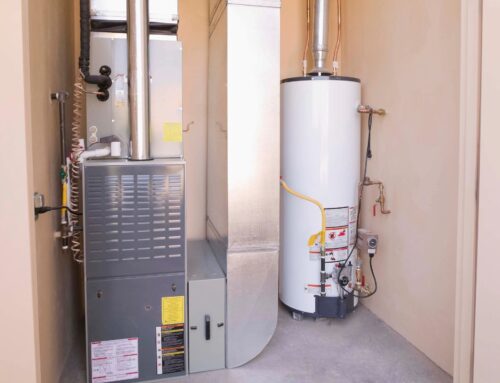Electric vehicles (EVs) are revolutionizing how we think about transportation, offering an eco-friendly alternative to traditional cars. With rising fuel costs and increasing environmental awareness, more people are making the switch to electric. However, owning an EV means considering the logistics of charging it, particularly if you’re planning to install a residential EV charger yourself. If you’re a DIY enthusiast or an electric vehicle owner thinking of taking on this project, here’s what you need to know about potential pitfalls.

The Importance of Proper Installation
Before we explore what could go wrong, it’s crucial to highlight why proper installation is vital. Incorrect installation can lead to a host of issues, from inefficient charging to significant safety hazards. Here’s what you should be mindful of:
1. Electrical Overload
One of the most common issues with EV charger installation is electrical overload. When the charger is not correctly matched with your home’s electrical system, it can draw more power than your circuit can handle. This can lead to tripped breakers, or worse, cause electrical fires.
Tip: Ensure your home’s electrical panel can support the additional load. You may need to upgrade your electrical service or add a dedicated circuit for your EV charger.
2. Improper Wiring
Incorrect wiring can cause chargers to malfunction or fail completely. Mistakes in wiring can range from using the wrong gauge wire to improper grounding, which can be dangerous and lead to electrical shock or fire.
Tip: Always use wires with the appropriate gauge for the current your charger will draw. Consult your charger’s manual or contact us if you’re unsure.
3. Non-compliance with Local Codes
Each region has specific electrical codes that installations must comply with. Ignoring these can not only pose safety risks but also result in fines or mandated rework to bring the installation up to code.
Tip: Research local codes and regulations before starting your project. It may also be beneficial to get a permit and an inspection to ensure compliance.
4. Weatherproofing Issues
If your charger is installed outdoors, weatherproofing is essential. Exposure to elements like rain, snow, and extreme temperatures can affect the charger’s functionality and longevity.
Tip: Use weatherproof enclosures and sealants to protect the charger and connections. Make sure any outdoor receptacles are rated for outdoor use.
5. Improper Location
Choosing the wrong location can lead to inconvenience and potential damage to your charging setup. Chargers placed too far from the vehicle may require extension cords, which are not recommended for high-power devices like EV chargers.
Tip: Plan the location carefully to ensure it’s convenient for regular use and minimizes cable length to avoid unnecessary resistance and heat buildup.
6. Lack of Safety Features
Ignoring safety features such as ground fault protection can make your installation hazardous. Ground faults can cause electric shock and fires if not properly protected against.
Tip: Ensure your charger has built-in ground fault protection or install a ground fault circuit interrupter (GFCI) to mitigate risks.
Final Thoughts
While it’s tempting to take on the challenge of installing your own EV charger, recognizing the potential risks and complexities is vital. For those less experienced with electrical work, consulting a professional can save time, ensure safety, and protect your investment in the long run. Remember, your safety and that of your household should always come first. If you’re uncertain at any stage, don’t hesitate to contact us!



